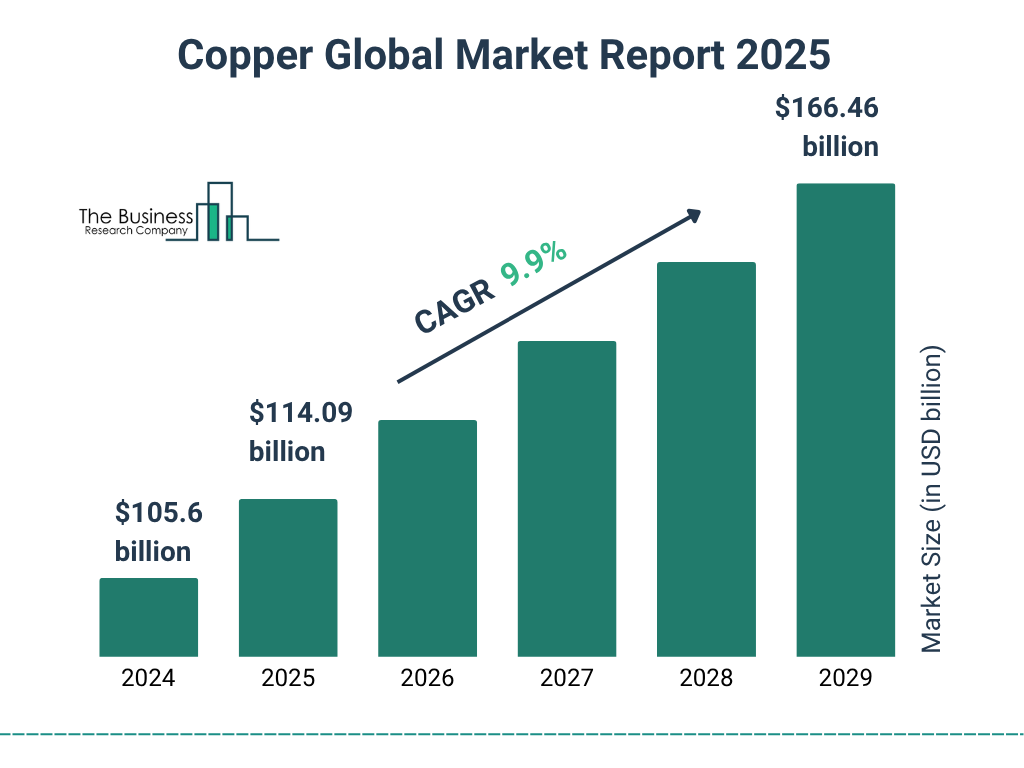Copper stocks have gained attention in 2025 due to rising copper prices driven by strong global demand and the energy transition. Investors seeking exposure to this essential industrial metal are closely watching leading companies, especially in Canada and the U.S., which dominate the market.
The best copper stocks combine solid financial performance with access to high-quality mining assets, making them attractive choices for investors hoping to benefit from ongoing supply constraints and growth in green technologies. Understanding which companies hold a competitive edge can help investors make informed decisions in a fluctuating market.
Market conditions and future demand signal continued interest in copper as a valuable commodity. Identifying top-performing stocks requires analyzing company fundamentals alongside broader industry trends shaping the copper sector today.
Understanding Copper Stocks
Copper stocks represent investments in companies that handle various stages of copper production, from extraction to processing. Their value is closely tied to copper prices, industrial demand, and the operational efficiency of mining companies. Key players in the sector vary by region and scale, while the type of mining operation impacts costs and profitability.
What Are Copper Stocks
Copper stocks are shares of companies involved in the copper industry. These companies may engage in exploration, mining, refining, or manufacturing copper products. Investors buy these stocks to gain exposure to copper’s market performance without owning physical copper.
The companies range from large multinational firms to smaller junior miners focused on exploration. Copper stocks often move in correlation with global copper prices due to supply-demand fundamentals and market sentiment linked to infrastructure and technology sectors.
Major Companies in the Copper Industry
Leading copper companies include multinational corporations like Freeport-McMoRan, BHP, Glencore, and Southern Copper. These firms operate large-scale mines and possess significant refining capabilities.
Canadian firms such as First Quantum Minerals and Teck Resources are key players in North America. Their performance often reflects the broader industry trends influenced by regional regulations and geopolitical factors.
| Company | Headquarters | Primary Operations |
|---|---|---|
| Freeport-McMoRan | USA | Large-scale open-pit and underground mining |
| BHP | Australia | Multi-commodity, including copper mining |
| Glencore | Switzerland | Mining, commodities trading, refining |
| Teck Resources | Canada | Mining and mineral resource development |
How Copper Prices Affect Stocks
Copper prices directly influence copper stock valuations. Rising copper prices usually benefit mining companies by increasing revenues and profits, especially for producers with lower extraction costs.
Price fluctuations are driven by supply constraints, demand from construction, electronics, and renewable energy sectors, and global economic conditions. Stocks can react sharply to changes in copper prices, with market sentiment often amplifying short-term volatility.
Strong demand for clean energy and electric vehicles has increased copper consumption, adding upward pressure on copper prices and, by extension, copper-related stocks.
Types of Copper Mining Operations
Copper mining operations fall into two main types: open-pit mining and underground mining.
Open-pit mining extracts copper from large surface pits and is cost-effective for shallow deposits. It is the most common method for large-scale copper production.
Underground mining accesses deeper copper deposits via tunnels. It is more expensive and complex but necessary for deposits buried far beneath the surface.
Some companies also engage in secondary mining, which recovers copper from waste or tailings. The type of mining operation affects extraction costs, environmental impact, and operational risks, influencing profitability and stock performance.
Investing in Copper Stocks
Investing in copper stocks requires understanding the market drivers, potential risks, and current sector trends. Copper’s key role in industries like energy and technology makes its stock performance tied closely to global economic and environmental shifts.
Key Factors Impacting Copper Stock Performance
Copper stock values are largely influenced by global demand from construction, electronics, and especially the clean energy sector. The transition to electric vehicles and renewable energy creates steady long-term copper demand.
Supply constraints such as mine production limits, labor strikes, and geopolitical issues also affect prices. Additionally, currency fluctuations and inflation can impact mining companies’ costs and profitability.
Market sentiment and commodity futures play a role, but fundamentals like ore grades and exploration success remain crucial. Major producers listed on the Toronto Stock Exchange and U.S. markets reflect these factors in their stock trends.
Risks and Rewards of Copper Stock Investments
The main reward is exposure to a metal essential for the growing green economy, with prices reaching new highs in 2025. Investors gain potential for capital appreciation and dividends from established mining firms.
Risks include volatile copper prices due to economic downturns, trade tensions, or sudden drops in demand. Operational risks like environmental regulations, mine accidents, and project delays also affect returns.
Investors should consider diversification and company-specific factors, such as balance sheet strength and management experience, to mitigate risks while capitalizing on growth opportunities.
Trends Shaping the Copper Sector
The copper sector is shaped by the energy transition and increased focus on sustainability. Mining companies are investing in cleaner production methods to reduce carbon footprints, which influences investor appeal.
Technological advances in extraction and recycling are improving efficiency. The rise of electric vehicles and grid upgrades worldwide is pushing demand higher, making copper a critical metal in future infrastructure projects.
Hedge funds and institutional investors are increasingly https://deltanative.com/ active, signaling sustained interest. Canadian copper stocks on the TSX and U.S.-listed producers are key beneficiaries of these trends.

